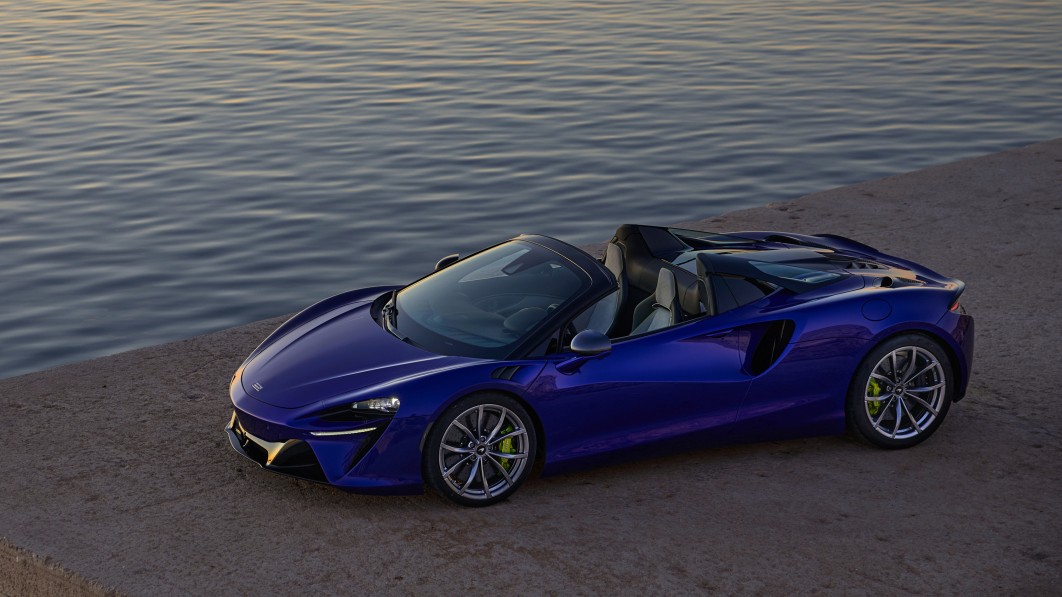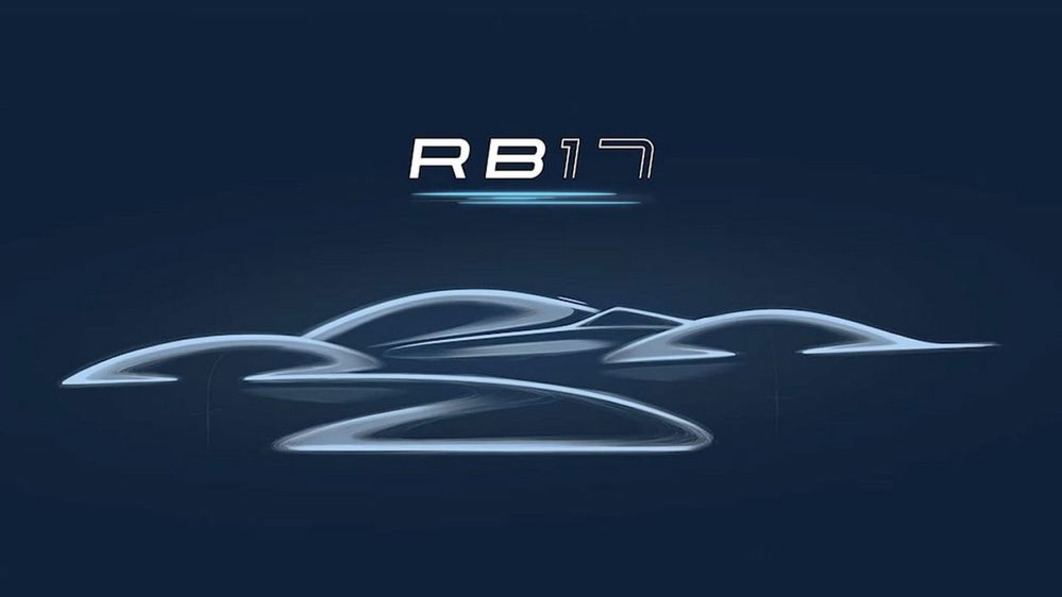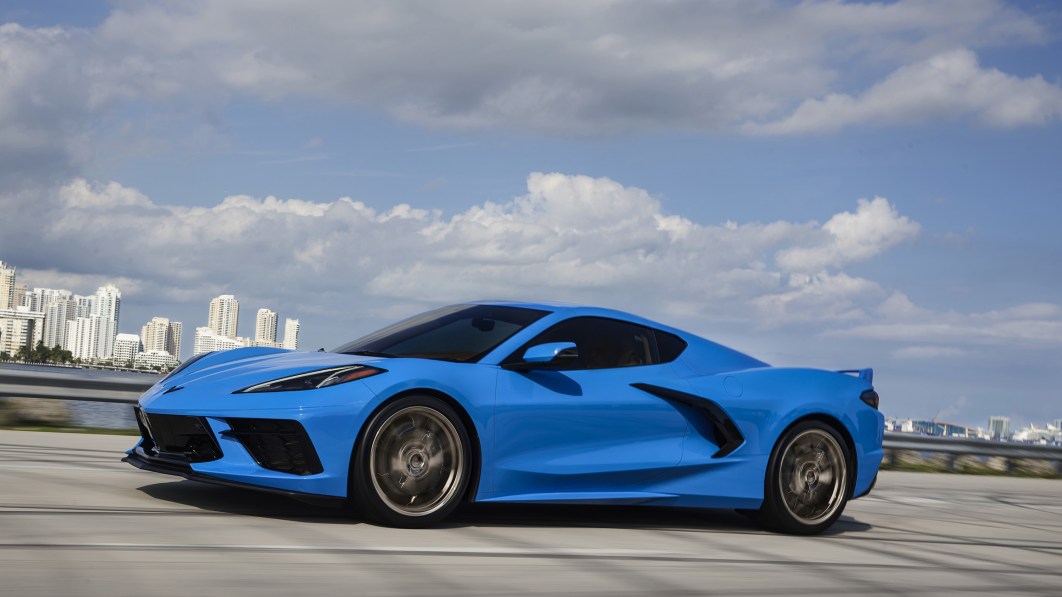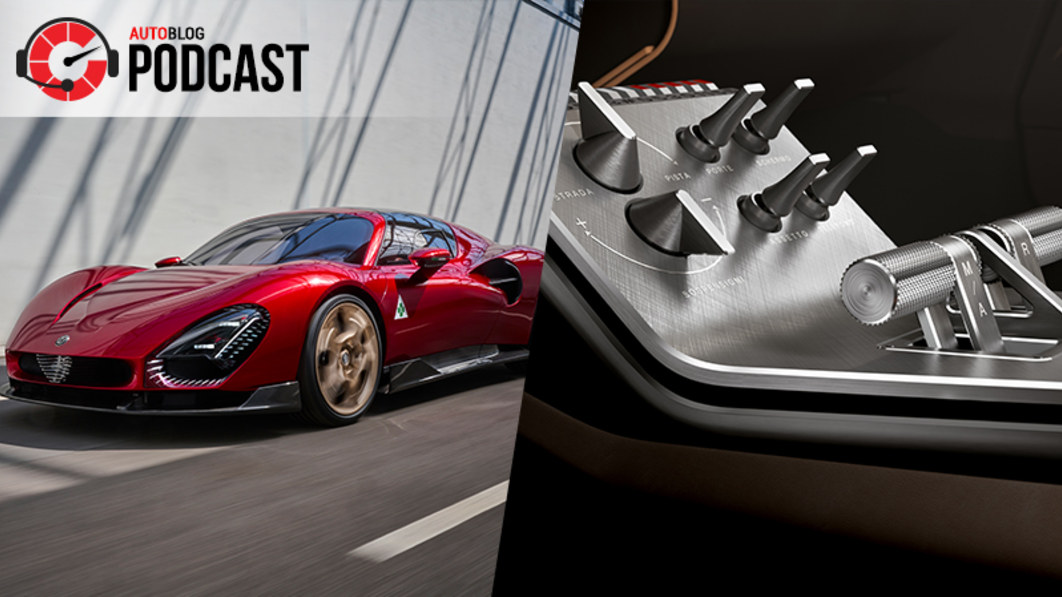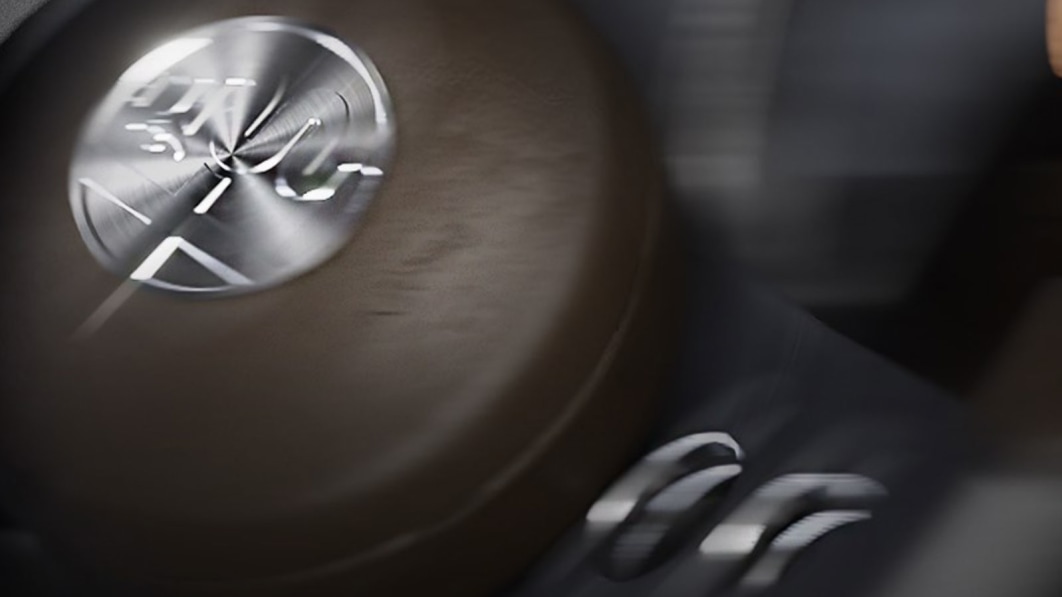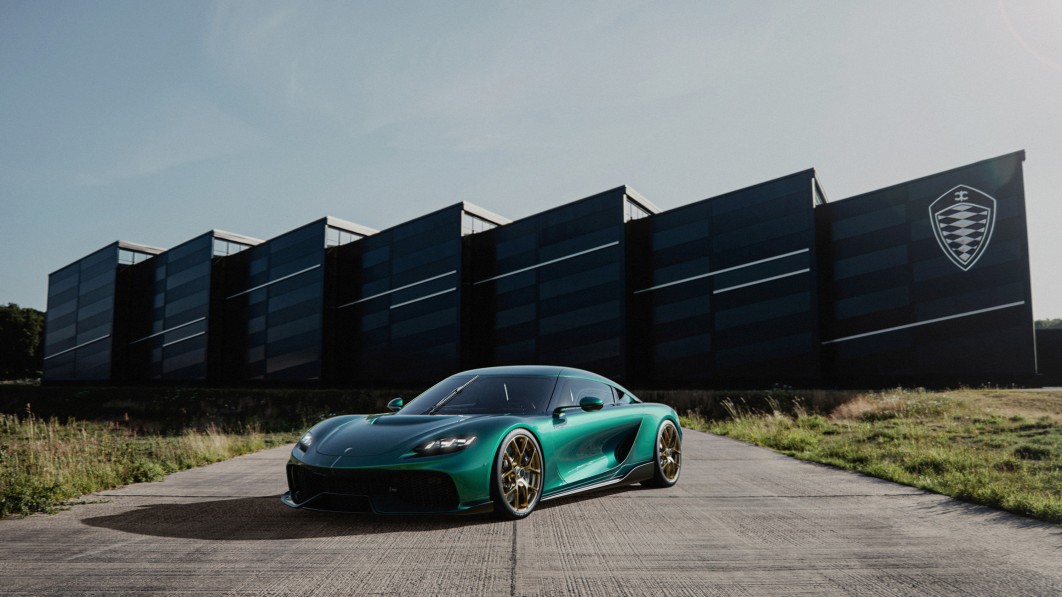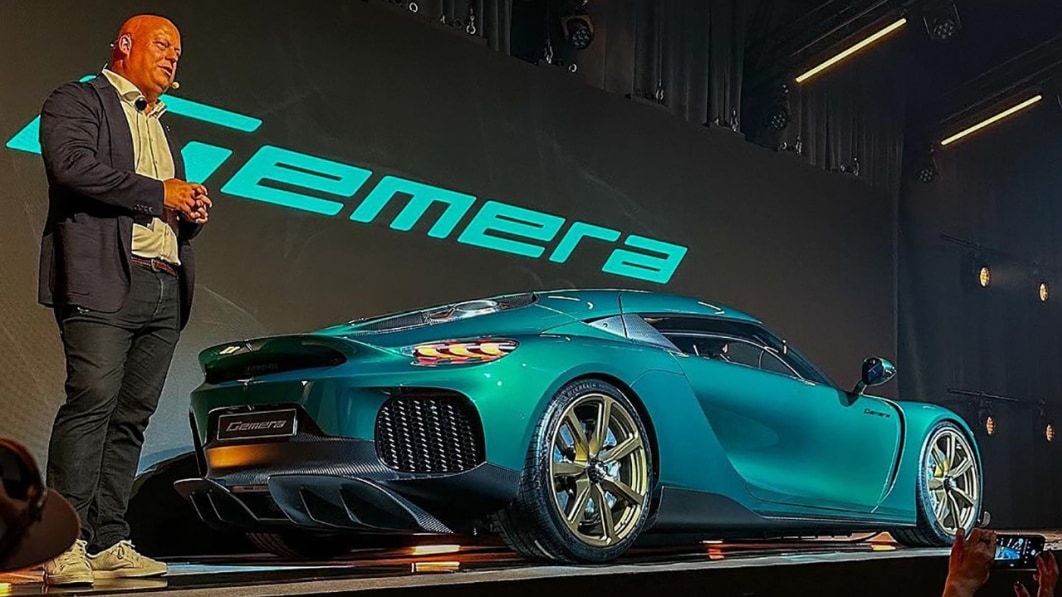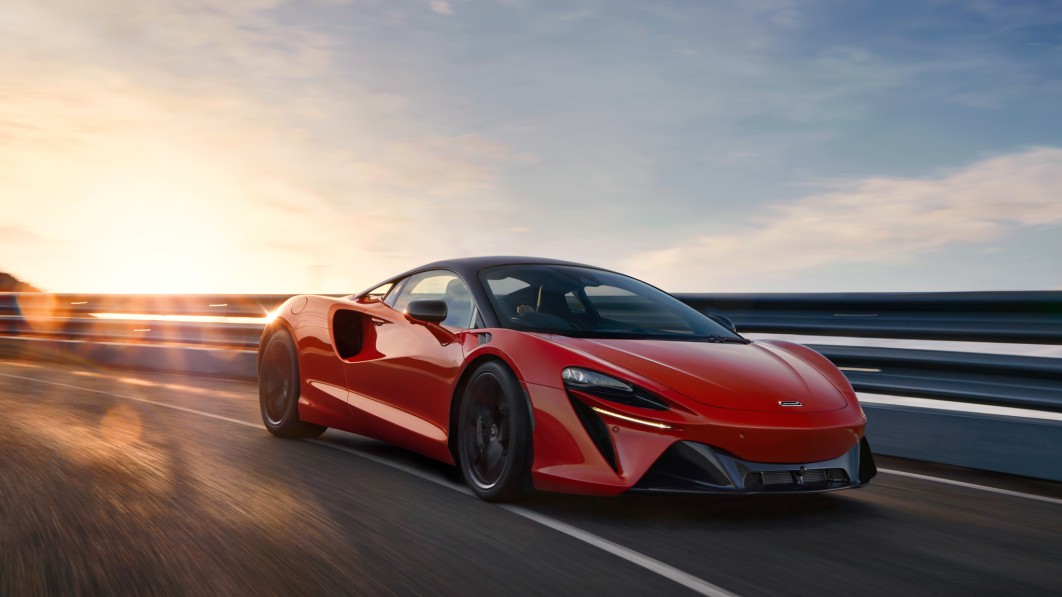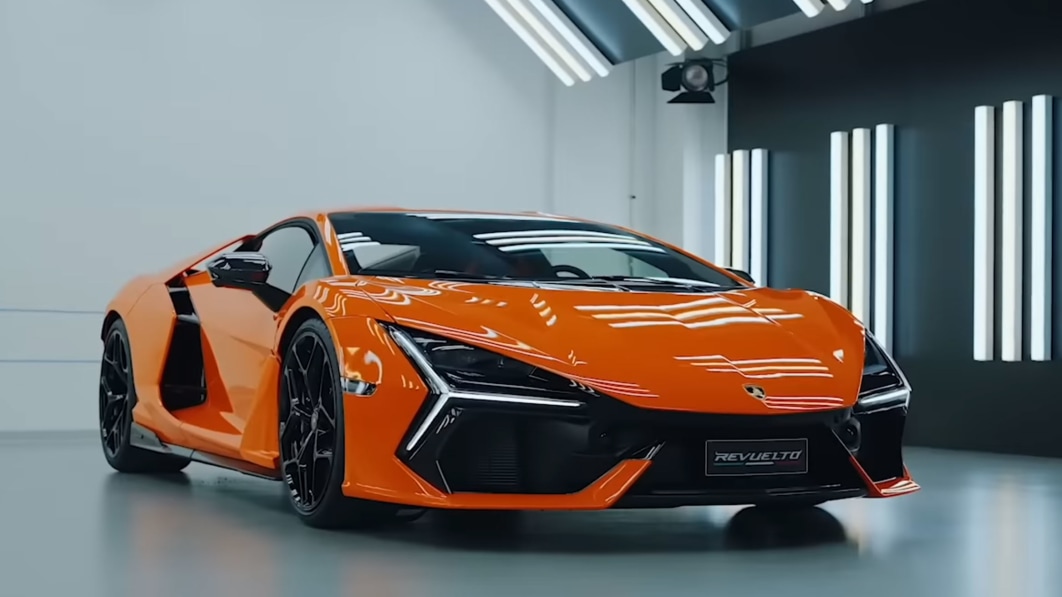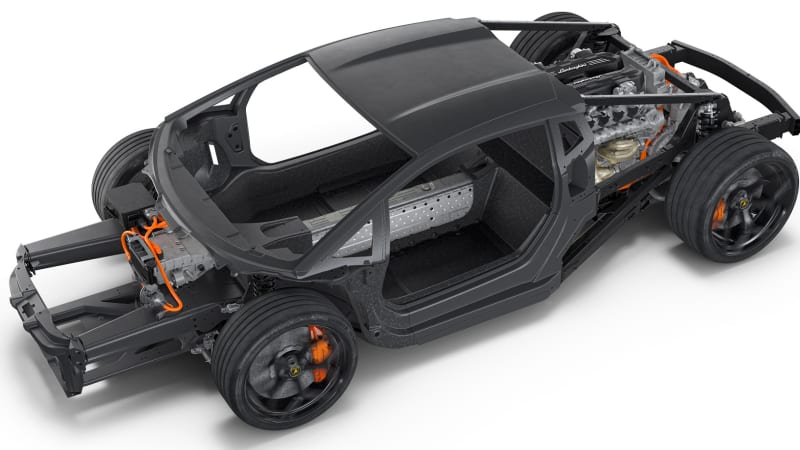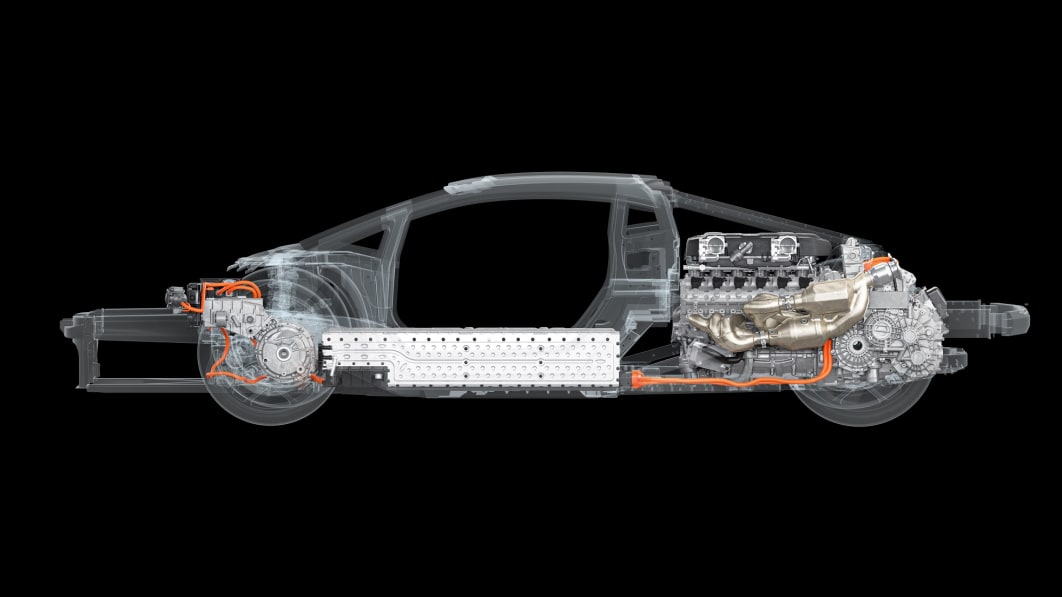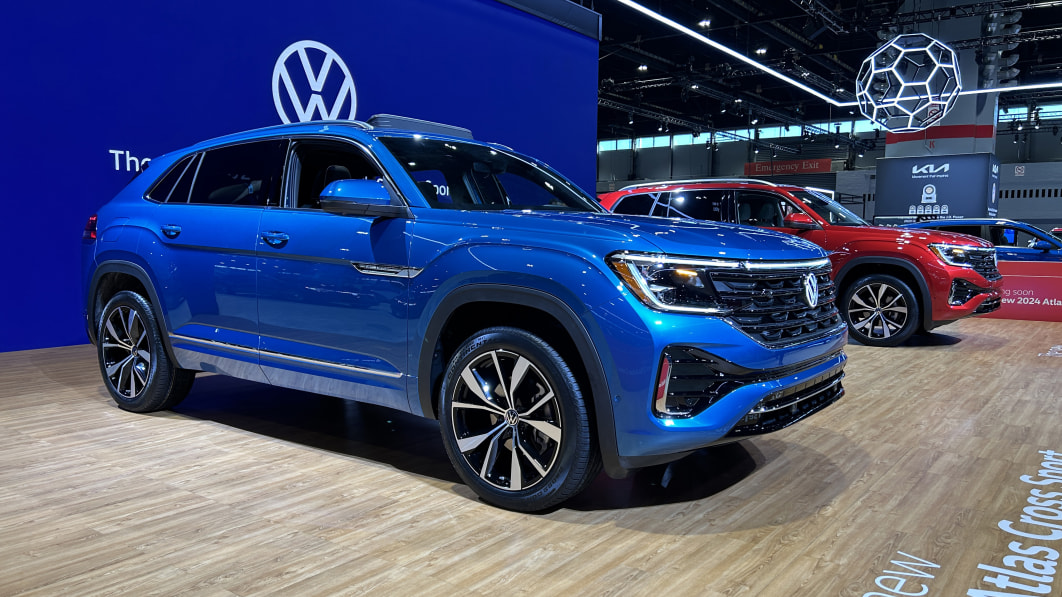2025 McLaren Artura Spider loses roof, gains power and performance
Hitting the one-year mark for a new McLaren hardtop model means it’s time for a convertible version. The timeline got fudged with the Artura, the hardtop delayed a tad while McLaren worked out some technical issues. But here we are, the Artura Spider not only packing a clear view to the sky, but 19 more horses from its 3.0-liter V6 and a brace of additional performance tweaks. The mid-mounted engine has been tuned from 577 hp to 596 hp, torque unmoved at 431 pound-feet. Working with the electric motor in the transaxle, combined output is now 690 hp and 531 lb-ft.
New engine mapping boosts torque delivery, and the retuned gearbox improves shift speeds. McLaren said the eight-speed dual-clutch transmission now keeps the hydraulic fluid pressurized to near the “kiss point” that activates a gear change. Called “pre-fill” in company parlance, swapping cogs takes 25% less time than before. Using launch control, the Artura blitzes from 0 to 60 miles per hour in a claimed 3 seconds, and on to an electronically limited 205-mph top speed. A new feature called Spinning Wheel Pull-Away — which sounds like a Saturday afternoon kung-fu movie move — is the opposite of launch control, allowing the driver to work up a rooster tail of smoke when pulling off the line or out of a car meet.
Eight motors stow or restore the top panel in 11 seconds, at up to 31 mph. The standard panel comes in carbon fiber, while an electrochromic unit can cycle through five stops from opaque to transparent. Curved polycarbonate panels in the buttresses improve three-quarter visibility and help direct air into the revised vent arrangement on the engine cover.
Elsewhere, new mounts provide better restraint for the powertrain, revalved rear dampers provide better responsiveness, and recalibrated ABS provides shorter threshold stopping distances. More valving work done to the stock exhaust, and new conical, upward-facing pipes, are said to create cleaner, richer sound.
Standard equipment grows with the inclusion of lane-departure warning and road-sign recognition, the Bowers and Wilkins audio gains new rear speakers and, just for the Spider, a center speaker between the seats. The lithium-ion battery is more efficient with its 7.4-kWh usable capacity, enough to increase pure-electric range in European testing to 21 miles, but not here, holding at 11 miles. And at the corners, there’s a new silver 15-spoke wheel as standard fit, plus an optional gold finish for the wheel range.
All of the changes made under the skin are new to the 2025 Artura Coupe as well. Even better for Coupe owners making do with lesser output, a visit to the McLaren dealer gets a free engine upgrade to add the 19 horses.
Order books are open, and deliveries commence later this year, the Spider starting at $273,800.

